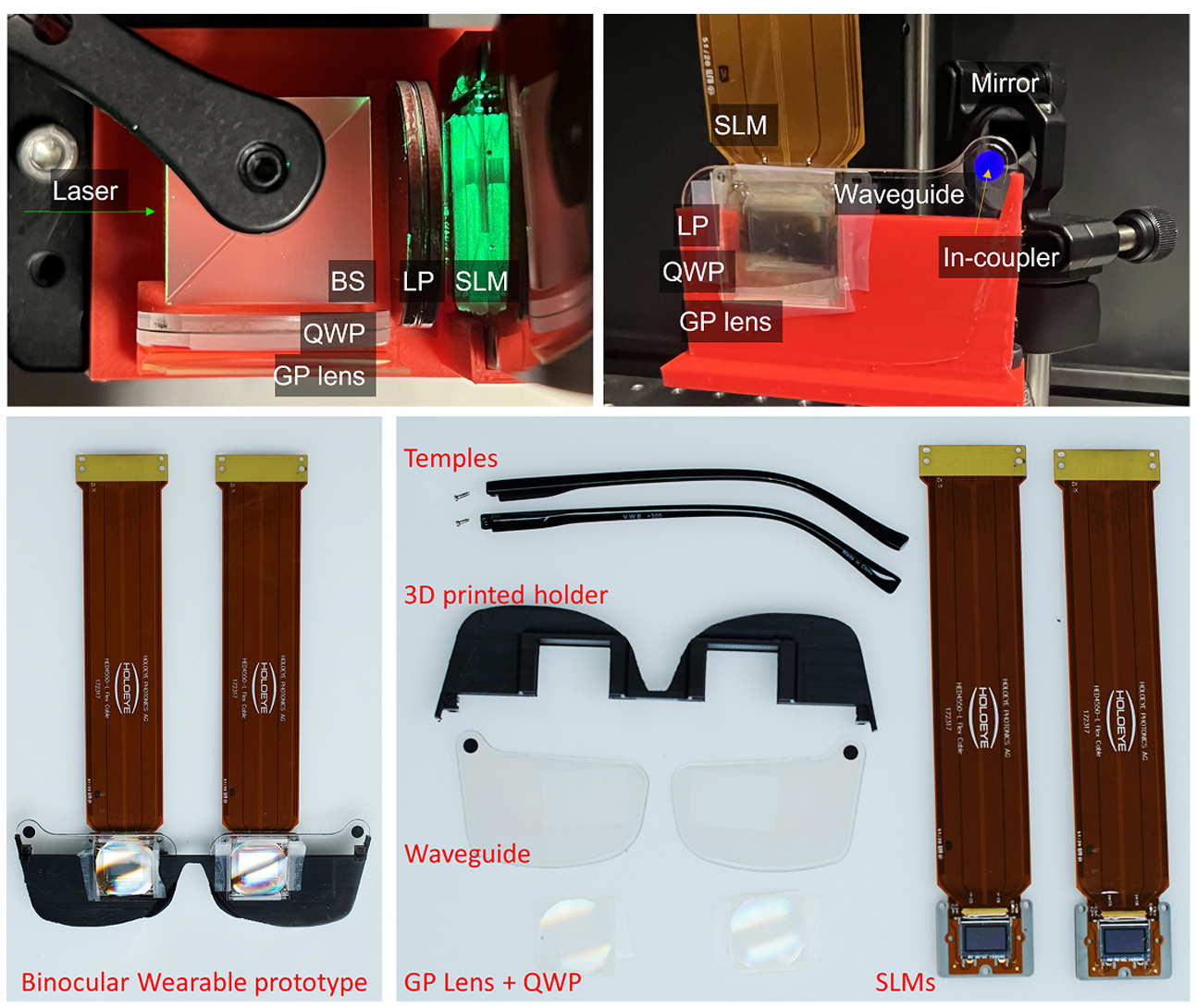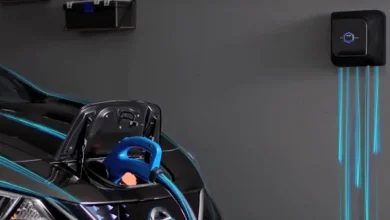VR Headset Reduced to Normal Glasses?
Nvidia and Stanford University researchers have joined together to produce VR glasses that resemble ordinary eyeglasses much more closely.

Introduction
With technology rapidly advancing, there are many ways that you can use it to your advantage. This blog is going to go over some of the ways you can use technology to make your life easier, more convenient, and just better all around. You can find more information on advantages of technology
Researchers discover a method to make a VR headgear smaller than a pair of glasses
Nvidia and Stanford University researchers have joined together to produce VR glasses that resemble ordinary eyeglasses much more closely. Although the ribbons that stretch from either eye give them a pretty goofy appearance, they are far flatter and more compact than the typical goggle-like virtual reality headsets used today. Watch Video on VR Glasses

Study report
The study report presented at Siggraph 2022(opens in new tab) states that the uncomfortable form factor of current VR glasses is “a substantial obstacle to mainstream adoption of VR technology.”
With lenses that are only 2.5mm thick, these aptly titled “Holographic Glasses” can display a full-color 3D holographic image. The ability to reduce all the necessary components to such a tiny size is a truly remarkable advancement for VR when compared to the conventional method of operation, which involves a lens magnifying a smaller display some distance away from it.
Pancake lenses
Pancake lenses are used in the Holographic Glasses prototype, an idea that has been floated a few times in recent years. In addition to having a significantly smaller profile, these pancake lenses are supposed to have a few additional advantages, including a limitless resolution that can be increased for VR headsets and a far broader field of vision of up to 200 degrees.
Before this, earlier iterations of pancaked VR glasses were able to use them to cut the distance between the lens and the screen to a minuscule portion of that of modern VR headsets. They could only show 2D visuals, though. Not ideal for the immersive experiences of today.
Stanford and Nvidia technology working on VR glasses
The Stanford and Nvidia technology aims to improve upon those earlier prototypes by displaying 3D visuals and further reducing the distance between the lens and the screen.
The glasses are listed as follows in the study paper: “A phase-only SLM positioned on the waveguide in front of the user’s eye is illuminated by a coherent light source connected into a pupil-replicating waveguide. A narrow geometric phase (GP) lens enlarges the little picture that the SLM behind the device produces.”

Granted, the issue is a little difficult to understand from the paper alone, and I’m sure the findings are even more astounding in person. The end product, meanwhile, is a very little VR gadget that, if developed outside of a lab, has the potential to revolutionize the industry. Additionally, it is far lighter than even the Meta Quest 2(opens in new tab), which weighs in at 503g, at just 60g.
Drawbacks of making VR glasses
However, it’s more of a preview of things to come than a ready-to-ship item at this time. There are certain restrictions: this wearable prototype only provided a FOV of 22.8°, but there is potential for a significantly larger FOV than current generation VR headsets.
“[The FOV] is far less than VR/AR monitors that are already on the market. However, the FOV was primarily constrained by the available SLM’s size and the GP lens’s focal length, both of which might be enhanced with other components “the scientists claim.
Another drawback is the potential need for a highly precise measurement of the user’s pupil, which will be challenging without a carefully considered design. The researchers point out that it might be conceivable to utilise an infrared gaze tracker for this, but you would need to be able to continuously monitor the wearer’s pupil size as they will often adjust to various lighting conditions while wearing the glasses.
Holographic Glasses
Holographic Glasses for Virtual Reality, a recently released research article by Jonghyun Kim, Manu Gopakumar, Suyeon Choi, Yifan Peng, Ward Lopes, and Gordon Wetzstein, provides detailed information on the entire project.
But even these idea VR glasses have a number of pretty remarkable features. According to the researchers, “a real glasses-form factor holographic VR was presented for the first time with a concept employing the user’s pupil as a natural Fourier filter as well as the Pupil-HOGD algorithm considering the HDOs and the pupil size.”
Conclusion
Technology is the way to go in the modern world. It has its own advantages, disadvantages, and opportunities. It is important for one to know about the technology in order to be a part of the modern world. Technology is everywhere and without it, one cannot do anything. Technology is one of the best things that have ever happened in the world.
You may like: Top 6 Technology Trends in Automotive Electronics For Smart Cars



